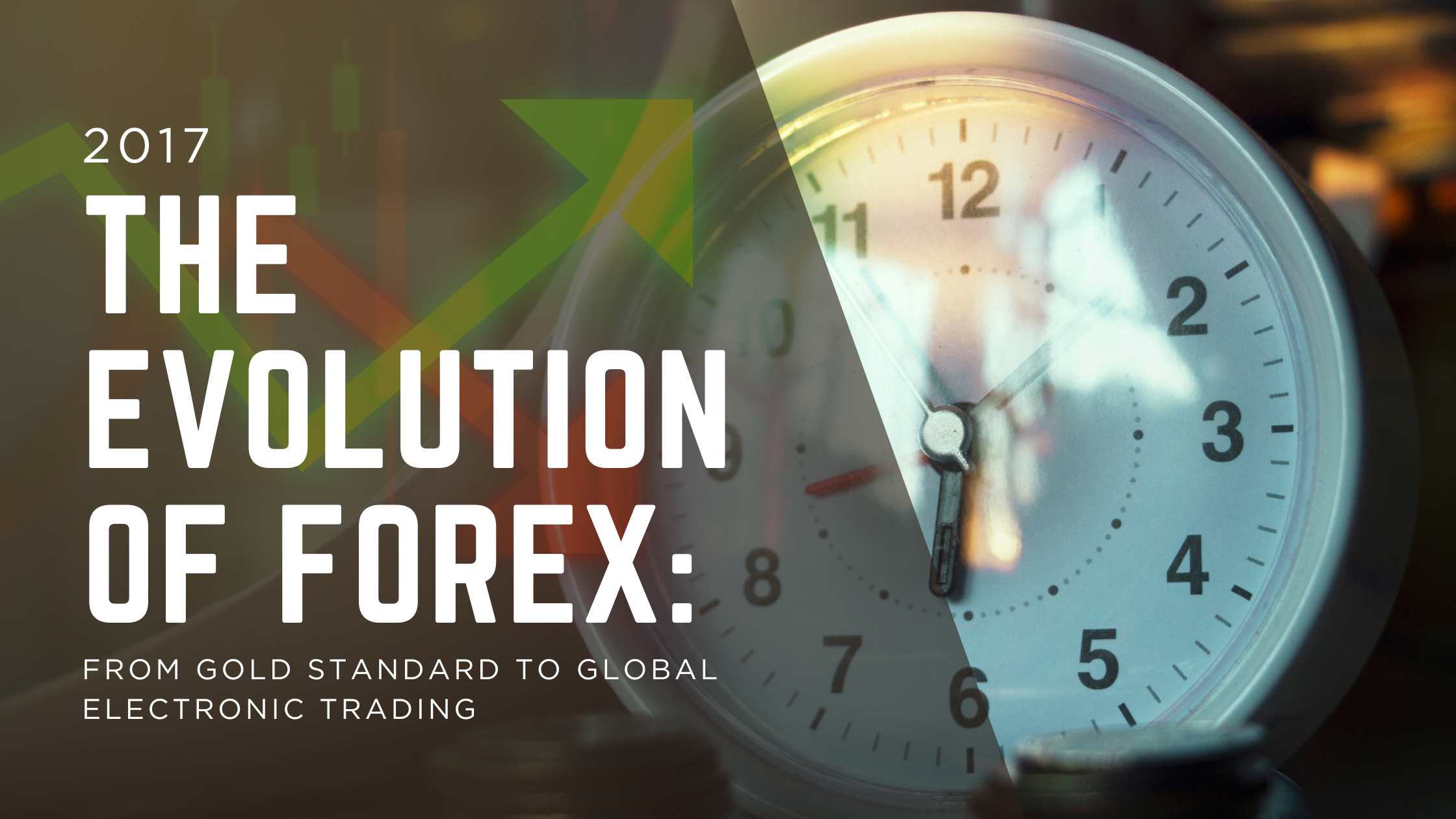
Understanding Forex market history provides crucial context for today’s currency trading. While the journey from gold-backed currencies to modern electronic trading spans centuries, this condensed history reveals why Forex exists and how it became the world’s largest financial market.
📚 Pro Tip
Knowing Forex history helps you understand why currencies behave as they do today. Market structures and patterns often repeat, making historical context valuable for modern trading decisions.
The Gold Standard Era: 1876 Onwards
The Birth of Systematic Currency Valuation
How the gold exchange standard created the first global currency framework.
💰 Gold Standard Fundamentals
- Implementation: 1876 gold exchange standard established
- Core Principle: All paper currency backed by physical gold reserves
- Objective: Stabilize world currencies through gold pegging
- Reality: Created destructive boom-bust economic cycles
Theoretical Benefits vs. Practical Challenges
Understanding why this seemingly perfect system ultimately failed.
- Stability Promise: Fixed currency values through gold backing
- Economic Reality: Inflexible system couldn’t adapt to changing conditions
- Growth Limitation: Money supply constrained by gold reserves
- Cycle Creation: Periods of expansion followed by severe contractions
World War II: The Gold Standard Collapse
Wartime Pressures Break the System
How massive military spending rendered the gold standard unsustainable.
⚔️ Wartime Economic Reality
- Military Spending: European nations printed more currency than gold reserves could support
- System Failure: Gold standard abandoned at World War II’s beginning
- Lasting Legacy: Gold maintained its status as ultimate monetary value
- Transition Period: Search for new international monetary system
The Bretton Woods Accord: 1944
Creating a New Global Financial Order
The post-war system that established the U.S. dollar as world’s primary reserve currency.
- Conference: 1944 Bretton Woods Accord established new fixed exchange rate system
- Dollar Dominance: U.S. dollar became primary reserve currency
- Gold Connection: Only U.S. dollar remained backed by gold reserves
- U.S. Obligation: Maintain gold reserves equal to currency in circulation
The De Facto Gold Standard
How the U.S. dollar became the anchor for global currencies.
🌍 Bretton Woods System
- Anchor Currency: U.S. dollar tied to gold at $35 per ounce
- Other Currencies: Fixed to U.S. dollar within 1% bands
- Stability Goal: Prevent competitive currency devaluations
- International Cooperation: IMF and World Bank created to manage system
The System Crumbles: 1971
Economic Pressures Overwhelm Fixed Rates
Inflation and economic realities force the end of Bretton Woods.
- Rising Gold Prices: Undermined the fixed $35 per ounce valuation
- Inflation Surge: 1970s inflation made fixed rates unsustainable
- Currency Management: Nations struggled to maintain pegged values
- U.S. Decision: 1971 ended gold exchange for U.S. dollars in foreign reserves
The Nixon Shock
President Nixon’s decision that transformed global finance forever.
💥 End of an Era
- August 15, 1971: Nixon suspended dollar-to-gold convertibility
- Immediate Impact: Bretton Woods system effectively ended
- New Era: Birth of free-floating currency market
- Modern Forex: OTC (over-the-counter) market structure emerged
The Modern Forex Market Emerges: 1976
Global Acceptance of Floating Exchange Rates
The official beginning of the currency market as we know it today.
- Jamaica Agreement: 1976 formalized floating exchange rate system
- Market Birth: Modern Forex market officially began
- Electronic Delay: Widespread electronic trading didn’t emerge until mid-1990s
- Growth Period: 20-year transition from agreement to electronic accessibility
The Technology Revolution: 1990s to Present
Electronic Trading Transforms Forex
How technology democratized currency trading and exploded market volume.
💻 Technology Impact Timeline
- Mid-1990s: Widespread electronic trading platforms emerge
- Internet Boom: Web connectivity enables retail broker development
- Market Makers: Brokers provide two-way quotes for currency pairs
- Access Explosion: Individual traders gain market access previously reserved for institutions
Modern Market Characteristics
Key features of today’s Forex trading environment.
- Transaction Speed: Near-instant execution compared to historical delays
- Participant Diversity: From central banks to individual retail traders
- Global Access: 24/5 trading across all time zones
- Liquidity Growth: Massive increase in daily trading volume
Historical Patterns and Modern Applications
Learning from Forex History
How understanding past systems informs current trading strategies.
🎯 Historical Lessons
- Fixed vs. Floating: Understand why modern rates float and implications
- Dollar Dominance: Historical reasons for USD’s reserve currency status
- Gold Influence: How gold still affects currency valuations today
- System Evolution: Recognizing that financial systems continually evolve
The Journey to Today’s Forex Market
From Gold to Global Electronic Trading
The remarkable evolution spanning 150 years of financial innovation.
- 1876-1944: Gold standard era with fixed metallic backing
- 1944-1971: Bretton Woods dollar-centric fixed exchange system
- 1971-1976: Transition period from fixed to floating rates
- 1976-1990s: Early floating rate market with limited electronic access
- 1990s-Present: Electronic trading revolution and retail accessibility
Why History Matters for Today’s Traders
Connecting past monetary systems to current market behavior.
🔜 Coming Next Week
Stay tuned for our next installment where we’ll break down essential Forex trading terminology. Understanding the language of currency trading is your next step toward market participation.
Conclusion: From Ancient to Modern
The Continuous Evolution of Money
The Forex market’s journey demonstrates how financial systems adapt to economic realities, technological advances, and global political changes. Understanding this evolution helps traders appreciate the sophisticated electronic marketplace available today.
Your Place in Forex History
As a modern trader, you’re participating in the latest chapter of a long financial evolution. The accessibility you enjoy today represents the culmination of centuries of monetary system development and decades of technological innovation.
“A wealthy person is simply someone who has learned how to make money when they’re not working.” – Robert Kiyosaki







